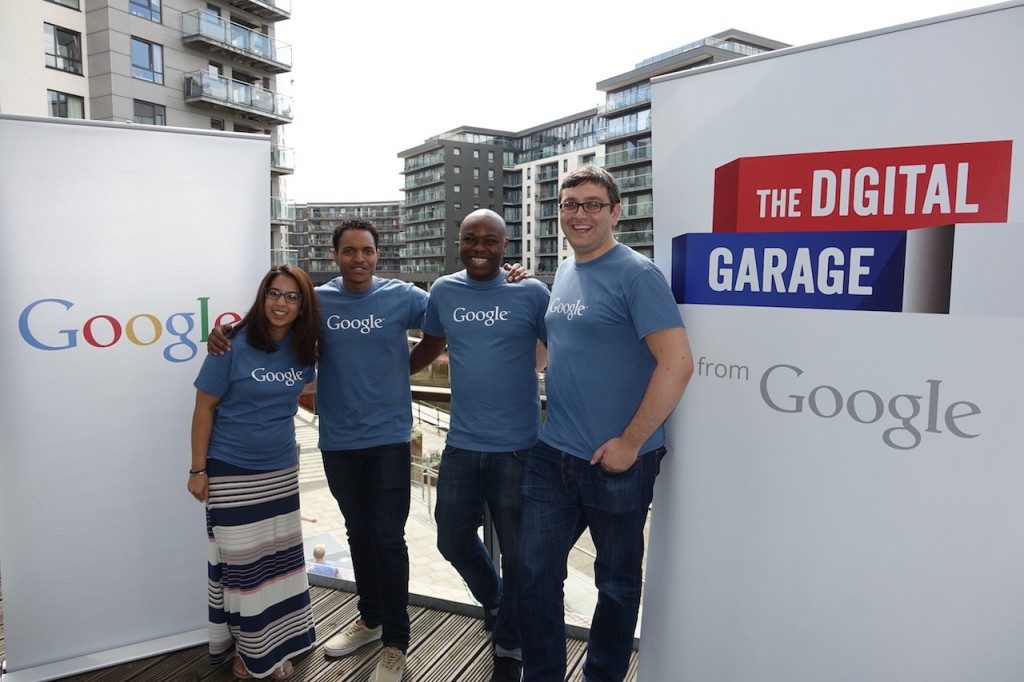Having previously worked for some of the largest SEO agencies in London and Leeds, I’ve been working with London-based companies for the last 6 years. If you are interested in discussing how I can help you with your organic search performance please do not hesitate to get in contact about the SEO services I offer.
About Me
My name is Martin Woods and I’ve been optimising websites for over a decade, and having worked in senior roles for two of the largest SEO agencies in the North of England (and the country for that matter), I have a wealth of experience working with brands ranging from SMEs to international conglomerates.
I pride myself on being a transparent, open and honest SEO Consultant. Consulting SEO in London, throughout the UK and the world over the past decade, I’ve seen the industry change a lot, and often these changes have come about quite quickly.

As an SEO consultant and SEO strategist I’ve worked with and complimented both in-house teams as well as other digital agencies. For example, I’ve provided consultancy on a project where the client was based in New York and the development agency based in London.
A little bit about the history of London
One of the few “command centres” of the global economy, the London of today is a world apart from much of the rest of the country, both economically and socially. Whether for better or for worse, there’s no denying that the capital still captures the imagination of millions of people around the world.
Understandably, London has a long and delightful history that dates back to 43AD and was reputedly founded by none other than Brutus of Troy – otherwise known as the first king of England. That said, Londinium was established by the Romans, roughly seven years after the invasion of Britain. Although destroyed by Queen Boudica some years later, the city was quickly rebuilt and grew rapidly over the following decades.
Replacing Colchester as the capital of Roman Britain in the 2nd century, with a staggering population of 45,000, the city enjoyed bath houses, temples and an amphitheatre right up until the end of the Roman occupation, which left the city exposed to attack and great disorder. By the 5th century, London was practically uninhabited.
After the Norman invasion of 1066 however, London grew once more, and with it, many buildings and landmarks were built which still stand today, including the Tower of London and the most famous incarnation of London Bridge – which would be the only bridge to cross the River Thames for 600 years.

Trade increased steadily throughout the middle ages and the population grew to around 15,000 by 1100 and approximately 80,000 by 1300.
Although the city lost half of its population during the Black Death, by the 16th century the city was becoming increasingly important to Europe, Russia and the Americas. Immigrants began to arrive from all over the world, most notably from France, and the population rose to roughly 225,000 in 1605; partly fuelled by easy access for sea fairing ships along the Thames.
In the 17th century, London was to be struck by two appalling catastrophes – the plague and the Great Fire of London; the latter of which destroyed 60% of it, although it caused relatively few deaths (the modern figure states 16).
Thanks to the Industrial Revolution, the population, economy and the size of London was to explode with markets, factories, mills, bridges over the Thames, and new districts for the rich; all of which were built in a relatively short period of time. By the 19th century London was the biggest city in the world and was home to 6.7 million people.
With the opening of the railways throughout the 1800s, new urban areas sprawled out from the centre, inviting many more thousands towards the capital. During World War One, the city experienced bombing for the very first time and lost around 700 people to the German Zeppelins that regularly hovered over the capital during the four year conflict.
This, however, was little compared to the Blitz and other raids experienced some 20 years later during World War Two, wherein 30,000 people would lose their lives.
Barely having time to recover from the war, the Summer Olympics of 1948 were held in London; helping to rejuvenate both the spirits and economy of the struggling city.
Digital agencies in London offering SEO as a service.
Today there are no fewer than 8 million people living in the capital and the economy is estimated to be worth a staggering 309 billion – generating roughly 22% of the country’s GDP. As you can guess, there are a staggering amount of digital marketing companies found within the centre – both on an international and grass roots level. A handful of these include:
- Passion Digital
- Eight&Four
- STEAK
- Digitas LBI
- Javelin Group
- iProspect
- SapientNitro
- Latitude Digital Marketing
- Holler
- Neoworks
- Fresh Egg
- Amaze
- Think Jam

